Why Focusing on Root Causes Improves Pain Treatment Success
October 27, 2025
12 min

Understanding Pain Beyond Symptoms
Pain is a multifaceted experience that serves as a vital alert mechanism for the body. While it often signals injury or harm, pain itself can be the manifestation of deeper underlying conditions influenced by biological, psychological, and environmental factors. This complexity necessitates a paradigm shift in treatment—from focusing merely on symptom relief to identifying and addressing the root causes of pain for more effective and sustained outcomes.
The Complexity of Pain: More Than Just a Symptom
What is pain and why is it more than just a symptom?
Pain is a deeply personal sensory and emotional experience that serves as an alert to potential harm or danger in the body. Unlike a simple symptom, pain often reflects complex interactions between physical injury, nerve function, and psychological state. It can be acute—occurring suddenly and typically short-lived—or chronic, persisting beyond three months and sometimes without a clear cause. For more on how pain acts as a survival signal and involves nervous and immune systems, see Pain as a personal sensory and emotional experience.
Definition and types of pain
Pain is classified into several types based on its mechanisms and duration:
- Acute pain: Results from tissue damage or injury, signaling immediate threat.
- Chronic pain: Lasts more than three months and may involve ongoing inflammation or nerve dysfunction.
- Nociceptive pain: Originates from activation of pain receptors responding to harmful stimuli.
- Neuropathic pain: Stems from nerve damage or malfunction.
- Nociplastic pain: Arises from altered pain processing without clear tissue damage.
For detailed pain classifications and mechanisms, see Pain Classifications and science of pain.
Pain as an emotional and sensory experience
Pain perception combines physical signals with emotional responses. The brain processes input from nerves, triggering sensations and feelings such as distress or fear, which can amplify or dampen the experience. Individuals may interpret pain differently due to past experiences, mental health, and social context. Learn more about Positive affect’s impact on chronic pain and Pain experience and perception.
Biological, psychological, and social influences
Biological factors include genetics, nervous and immune system responses, and hormones. Psychological components, such as mood, fear-avoidance behaviors, and mental health disorders, heavily influence pain intensity and coping ability. Social determinants like environment, socioeconomic status, and support networks also impact pain experience and outcomes. For comprehensive insights, see Biological Psychological Social Factors of Pain and Managing chronic pain including psychological and social aspects.
Common misconceptions about pain
A prevalent misunderstanding is that pain always signals ongoing tissue damage or injury. However, chronic and neuropathic pain can persist without clear physical cause. Another misconception is that pain can be fully eliminated without addressing underlying issues. Effective pain management requires recognizing that pain often signifies deeper, multifaceted problems needing comprehensive care rather than mere symptom suppression. For more on these misconceptions and the importance of root cause analysis, see Common misconceptions about pain and Treating the root cause of health issues.
The Crucial Role of Identifying Root Causes in Pain Management
Why is identifying the root cause essential in pain treatment?
Identifying the root cause allows healthcare providers to target the underlying condition rather than just alleviating symptoms. This approach leads to more effective and long-lasting relief, prevents re-injury, reduces medication dependence, and empowers patients to manage their pain and improve mental health outcomes. For more information, see Identifying the root cause of pain.
Root cause analysis (RCA) methods
RCA involves a systematic process incorporating comprehensive patient histories, physical examinations, and diagnostic testing. These methods help uncover contributing factors such as poor posture, muscle imbalances, lifestyle habits, or emotional stress that play a role in the pain experience. Learn more about Root cause analysis in pain management.
Importance of comprehensive patient history and physical examinations
Collecting detailed patient histories that include past injuries, lifestyle factors, and emotional well-being is crucial. Physical examinations assess movement patterns and musculoskeletal function, helping clinicians identify dysfunctions that may be the actual source of pain. See details on Medical history and physical exam in pain diagnosis.
Diagnostic tools such as imaging and laboratory tests
Advanced diagnostic tools like X-rays, MRI, CT scans, blood work, and nerve conduction studies provide objective information about structural or inflammatory causes. These tests complement clinical assessments to pinpoint the true nature of the underlying problem. For specifics on Diagnostic tests for pain causes and Imaging and lab analysis for pain.
Limitations of symptom-only treatment approaches
Treating symptoms alone often results in temporary relief and risks chronic pain development. Symptom-focused care may lead to medication dependence without resolving the source of pain. Conversely, addressing root causes offers sustained improvements and better overall health. Explore Risks of symptom-only pain treatment and Long-term benefits of addressing root causes.
By employing thorough root cause analysis, pain management shifts from mere symptom control to addressing fundamental problems, improving recovery and quality of life. Further reading on Holistic pain treatment approaches and Personalized pain treatment approaches.
Common Root Causes Behind Persistent Pain
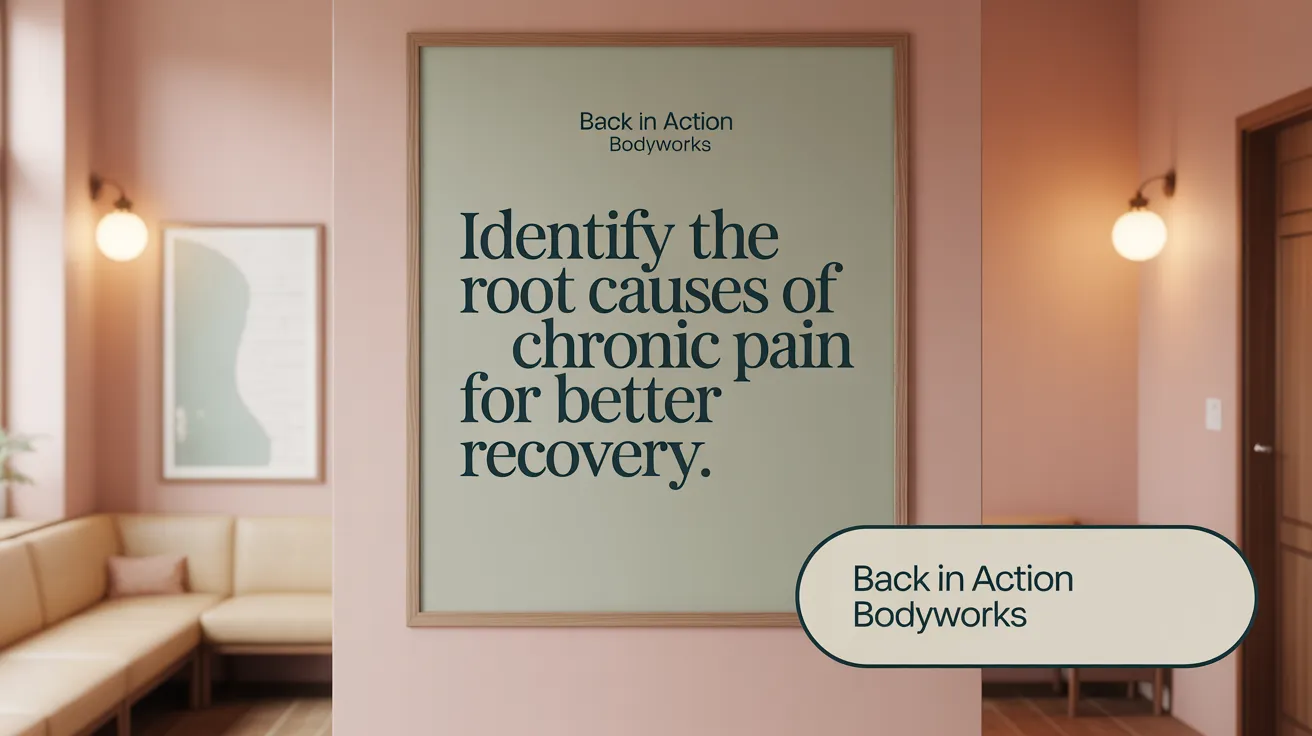
What are typical root causes contributing to chronic pain?
Chronic pain often stems from a combination of interconnected root causes rather than a single issue. Physical problems such as poor posture, muscle imbalances, and repetitive motions strain the musculoskeletal system. These factors can lead to nerve compression or joint dysfunction, contributing to persistent discomfort.
Inflammation plays a central role in many pain syndromes. Biochemical mediators like cytokines, neuropeptides, and growth factors create an inflammatory profile that triggers and sustains pain signals within the body. This inflammatory response underlies a variety of conditions, ranging from arthritis to neuropathic pain.
Lifestyle factors significantly impact pain levels. Poor sleep quality hinders the body's repair processes, while stress elevates hormone levels like cortisol that can exacerbate inflammation and pain perception. Sedentary behavior contributes to muscle weakness and joint strain, further perpetuating pain conditions.
Psychological contributors, including emotional stress and mental health conditions such as anxiety and depression, influence the way pain is experienced and managed. These factors can amplify pain sensitivity and complicate recovery.
Addressing these root causes together forms the foundation for effective, long-lasting pain management.
Advancements in Diagnostic Approaches for Root Cause Identification
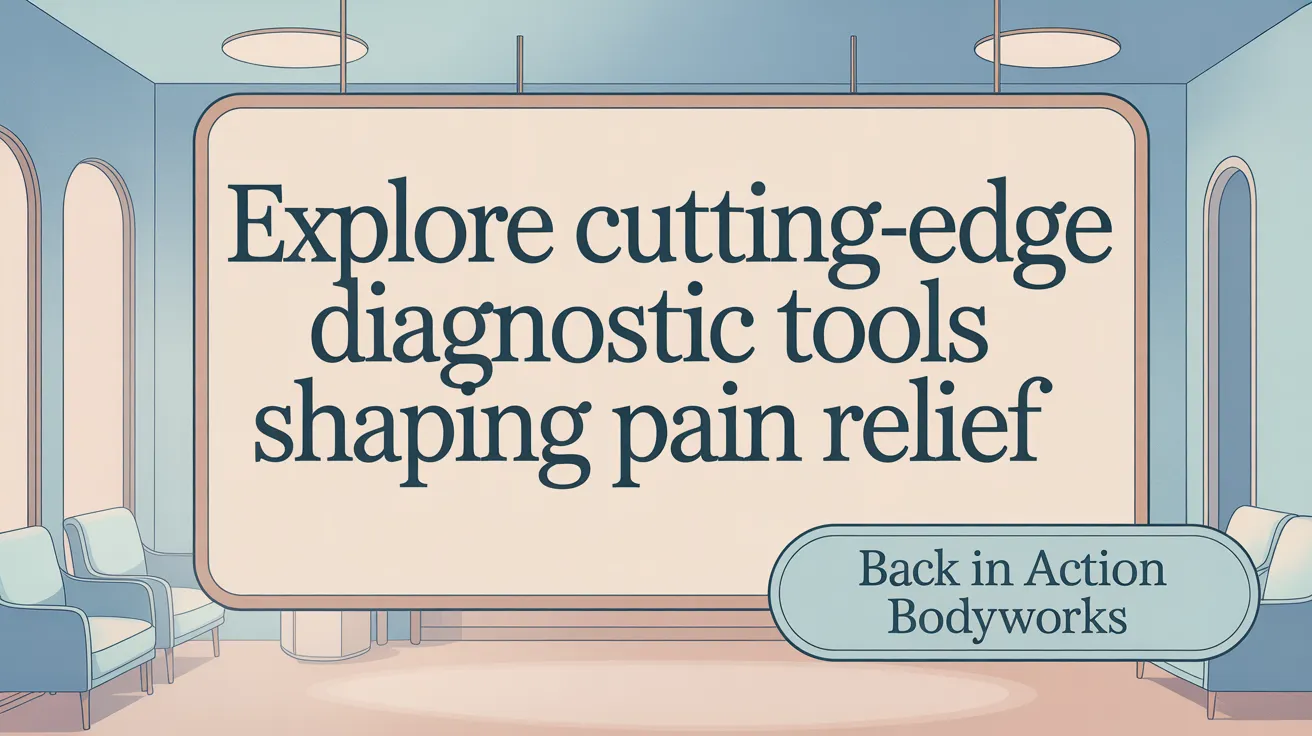
What diagnostic tools help uncover the root causes of pain?
Healthcare professionals employ a multifaceted diagnostic approach to accurately identify the root causes of pain. This begins with comprehensive assessments, including detailed patient history and physical examinations that evaluate movement patterns, muscle strength, and flexibility. Functional movement screenings provide insights into dysfunctional biomechanics that may contribute to pain.
Imaging modalities such as MRI, CT scans, and X-rays are crucial for visualizing structural abnormalities, nerve impingements, or inflammation. However, imaging is interpreted carefully since abnormalities may occur in asymptomatic individuals.
Emerging diagnostic techniques, including quantitative sensory testing (QST), assess the nervous system's pain processing and help distinguish types of pain like neuropathic or nociceptive. Genetic markers are also under investigation to inform personalized pain management by revealing individual pain sensitivity and treatment responses.
Additionally, the use of pain diaries and activity tracking allows patients and clinicians to identify specific triggers, patterns, and lifestyle factors influencing pain levels. This holistic and integrative approach ensures targeted and effective treatment plans that address underlying causes rather than only symptoms.
Benefits of Targeted, Root-Cause-Oriented Pain Treatments
What advantages arise from treating the underlying causes rather than just symptoms?
Addressing root causes leads to sustainable pain relief, improved function, enhanced mental health, and reduced risk of medication dependency. It enables patients to make lifestyle changes and participate actively in their recovery, promoting overall well-being and preventing recurrent pain episodes.
Long-term relief versus temporary symptom management
Treating symptoms alone often offers only short-term relief, potentially fostering dependence on medications, including opioids. In contrast, root-cause-oriented treatment targets the physical, psychological, and environmental factors contributing to pain, resulting in more durable improvements and preventing pain recurrence.
Multidisciplinary and holistic treatment approaches
Effective management involves coordinated care among healthcare providers—such as pain specialists, physical therapists, psychologists, and nutritionists—integrating medical, physical, and behavioral therapies. This holistic approach addresses complex interactions between mind and body to optimize outcomes.
Empowerment through patient education and self-management
Personalized care plans educate patients on their specific pain triggers and management techniques. Engaging patients in self-care strategies like posture correction, stress reduction, and lifestyle modification improves adherence and fosters resilience, leading to better pain control and quality of life.
Reducing reliance on opioids and mitigating medication side effects
By focusing on underlying conditions and using multimodal modalities including physical therapy and complementary therapies, patients often require fewer opioid medications. This strategy reduces risks of addiction and adverse effects while improving functional restoration and mental health.
Integrating Lifestyle Modifications to Support Pain Resolution

How do lifestyle factors affect the success of pain treatment?
Lifestyle choices play a crucial role in shaping pain outcomes. Regular physical activity enhances muscle strength and joint flexibility, which can reduce pain intensity and improve mobility. Conversely, a sedentary lifestyle often worsens pain by fostering inflammation and weakening muscles.
Nutrition also influences pain, with anti-inflammatory diets rich in omega-3 fatty acids, antioxidants, and whole foods linked to lower levels of chronic pain. Maintaining a healthy weight through diet supports joint health and decreases stress on painful areas.
Sleep quality significantly affects pain perception. Poor sleep impairs healing, increases sensitivity to pain, and may exacerbate chronic conditions. Stress management through relaxation techniques like deep breathing, mindfulness, and cognitive behavioral therapy can diminish pain by lowering cortisol levels and muscle tension.
Good ergonomics and posture correction are vital to minimizing musculoskeletal strain that contributes to chronic pain. Simple adjustments in daily activities and work environments can prevent aggravation of pain symptoms.
Together, these lifestyle modifications complement medical treatments, offering a holistic approach that addresses both physical and emotional contributors to pain, leading to more sustainable relief and improved quality of life.
The Role of Multidisciplinary and Personalized Pain Management Programs
Why do multidisciplinary and personalized approaches improve pain treatment success?
Multidisciplinary pain management models recognize that pain is influenced by a combination of physical, psychological, and social factors. By integrating primary care, physical therapy, and psychological support, teams can address these multiple facets of pain. This results in improved function, reduced symptoms, and enhanced quality of life compared to single-faceted treatments (Multidisciplinary pain management, Biopsychosocial model of pain).
Team approaches including primary care, physical therapy, psychological support
Effective pain management involves collaboration among healthcare providers—primary care physicians manage overall health, physical therapists focus on mobility and strength, while psychologists address mental health issues like anxiety and depression that often accompany chronic pain. This coordinated care ensures comprehensive evaluation and treatment that goes beyond symptom control (Comprehensive pain management, Physical therapy for pain management, Behavioral therapies for pain.
Tailoring treatments based on individual diagnosis and patient characteristics
Each patient’s pain experience is unique, influenced by genetic, lifestyle, and psychological factors. Personalized treatments—ranging from medications to targeted physical exercises and cognitive behavioral therapy—optimize results by addressing each individual's specific root causes and coping abilities (Personalized pain management, Customized pain management plans, Cognitive-behavioral therapy and pain).
Incorporation of nonpharmacologic and complementary therapies
Alongside conventional medicine, integrating therapies such as acupuncture, massage, yoga, and mindfulness can enhance pain relief and function. These approaches often improve patient outcomes with fewer side effects and help reduce reliance on medications, particularly opioids (Complementary pain treatments, Nonpharmacologic pain treatments, Acupuncture and chronic pain).
Addressing coexisting conditions such as depression and anxiety
Chronic pain frequently coexists with mental health disorders, which can increase pain sensitivity and complicate recovery. Addressing these psychological factors through counseling, cognitive behavioral therapy, or medication improves both emotional well-being and pain management outcomes (Psychiatric comorbidities in chronic pain, Depression and anxiety in chronic pain patients, Psychological therapies for chronic pain).
Through multidisciplinary, personalized care plans that include medical, physical, and psychological treatments along with complementary approaches, patients are empowered to manage pain effectively and improve their overall quality of life (Multidisciplinary approaches to pain treatment, Patient-centered pain management).
Harnessing Positive Affect and Psychological Resilience in Pain Control

How does psychological health influence pain management outcomes?
Psychological well-being plays a vital role in how individuals experience and manage pain. Positive emotions, known as positive affect (PA), have been shown to reduce pain sensitivity and buffer the impact of pain-related negative feelings. This fosters adaptive coping strategies that help patients better manage chronic pain and reduce associated disability (Positive affect and pain treatment).
Impact of positive emotions on pain perception and coping
Experiencing pleasant moods can decrease the perception of pain by altering attention and emotional responses. This positive emotional state encourages an upward spiral of resilience, which improves physical function and lowers pain-related distress. Enhanced positive affect also promotes prosocial behaviors that further support pain self-management (Positive affect and pain treatment.
Psychological therapies like cognitive behavioral therapy and mindfulness
Cognitive Behavioral Therapy (CBT) and mindfulness-based interventions are effective in helping patients regulate emotions and develop constructive pain coping skills. These therapies assist in shifting unhelpful thought patterns, reducing fear-avoidance behaviors, and regulating stress responses that exacerbate pain (Chronic pain management strategies; Chronic pain and complementary health approaches; Managing chronic pain tips).
Enhancing social support and patient engagement
Social connections strengthened by positive emotions improve mental health and provide essential emotional support. Patient education and encouraging active participation in treatment plans enhance adherence and empower individuals to take control of their pain management (Real-world characterization of chronic pain; Customized pain management plans).
Strategies to reduce catastrophizing and improve mental health
Reducing catastrophizing—excessive negative thinking about pain—and addressing mental health issues like anxiety and depression contribute to better pain outcomes. Psychological interventions target these factors, improving coping efficacy and diminishing the emotional burden of chronic pain (Psychiatric comorbidities in chronic pain; Comprehensive pain management).
Overall, integrating psychological resilience and positive emotional states into pain management yields better pain control, improved quality of life, and long-lasting benefits beyond symptom relief (Psychological factors influencing pain; Multidisciplinary approaches to chronic pain.
Future Directions: Personalized, Technology-Enhanced Pain Management

What future trends are expected to enhance root cause pain treatment?
The future of root cause pain treatment is leaning heavily into personalized medicine, where genetic and epigenetic insights play a critical role. Genetic markers influence how individuals perceive pain and respond to treatments, allowing clinicians to tailor therapies for each patient’s unique biology. This approach enhances the precision of diagnosis and treatment, moving beyond standard protocols (Determining the Root Cause of Pain).
Digital health platforms are transforming pain management by enabling continuous monitoring and education. Tools like CareGuidePro™ collect patient-reported outcomes in real time, provide feedback, and support adherence to treatment plans. These technologies help customize interventions and improve engagement (Real-world characterization of chronic pain).
Emerging therapies that target inflammation and neuroplasticity directly address underlying pain mechanisms. Understanding inflammatory mediators involved in chronic pain opens avenues for innovative anti-inflammatory drugs and biologics (Origin of all pain). Advances in neuroplasticity research offer therapies that can reset altered nervous system pathways contributing to chronic pain (science of pain).
Collaborative efforts by research institutions such as the NIH’s HEAL Initiative are accelerating clinical trials focused on novel pain treatments and non-opioid analgesics. These studies aim to improve pain relief outcomes and reduce reliance on opioids (Pain as a personal sensory and emotional experience.
Together, these advancements promise dynamic, patient-centered pain management plans that address root causes more effectively and sustain long-term relief (Customized pain management plans.
From Root Cause to Lasting Relief
Focusing on the root causes of pain fundamentally transforms pain treatment by moving beyond temporary fixes to sustainable solutions. Through comprehensive assessment, multidisciplinary care, lifestyle integration, and psychological support, patients achieve improved function, mental health, and quality of life. The integration of cutting-edge diagnostics and personalized medicine heralds a future where pain management is more precise, effective, and patient-centered than ever before. Addressing the underlying issues not only alleviates pain but empowers individuals to reclaim control and wellness, underscoring the vital importance of root cause focus in advancing pain treatment success.
Recent articles
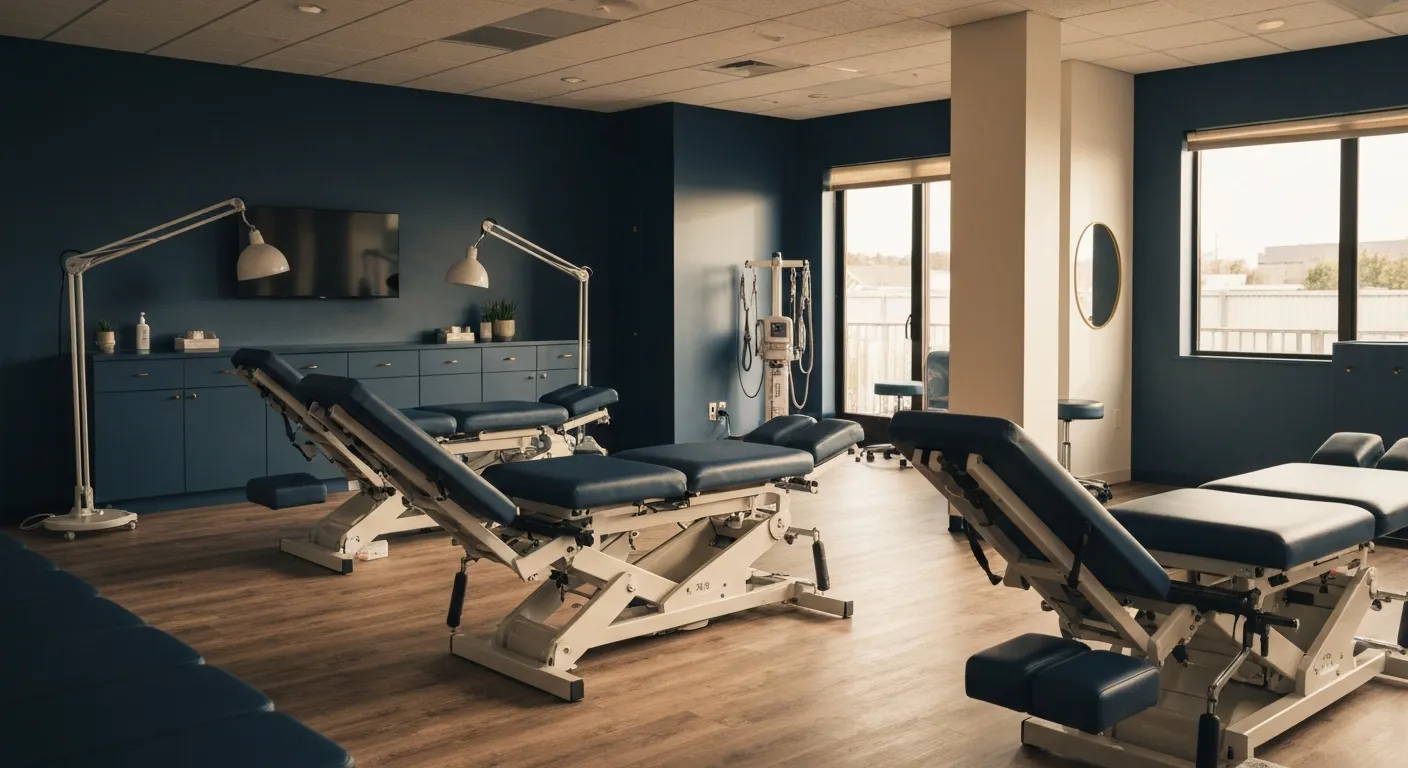
Long-Term Pain Relief Through Targeted Corrective Exercises

10 Benefits of Integrating Physiotherapy with Chiropractic Treatments

Corrective Exercises That Help Prevent Recurring Pain

8 Corrective Exercises Proven for Lasting Pain Relief

Lifestyle Habits for Maintaining a Healthy Spine

What You Will Experience at Your Initial Chiropractic Visit

What Happens at Your First Visit to a Chiropractor?
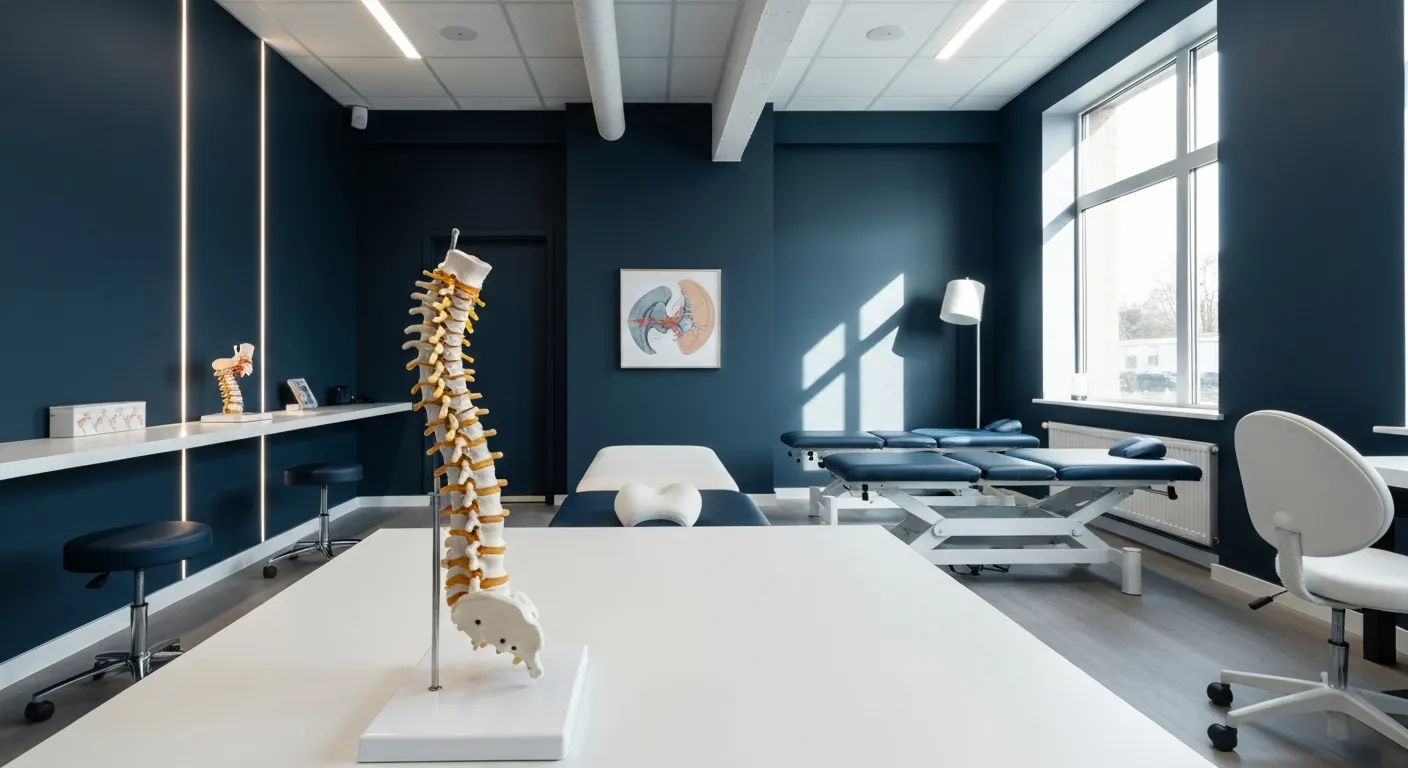
Focusing on Root Cause Analysis for Effective Pain Relief
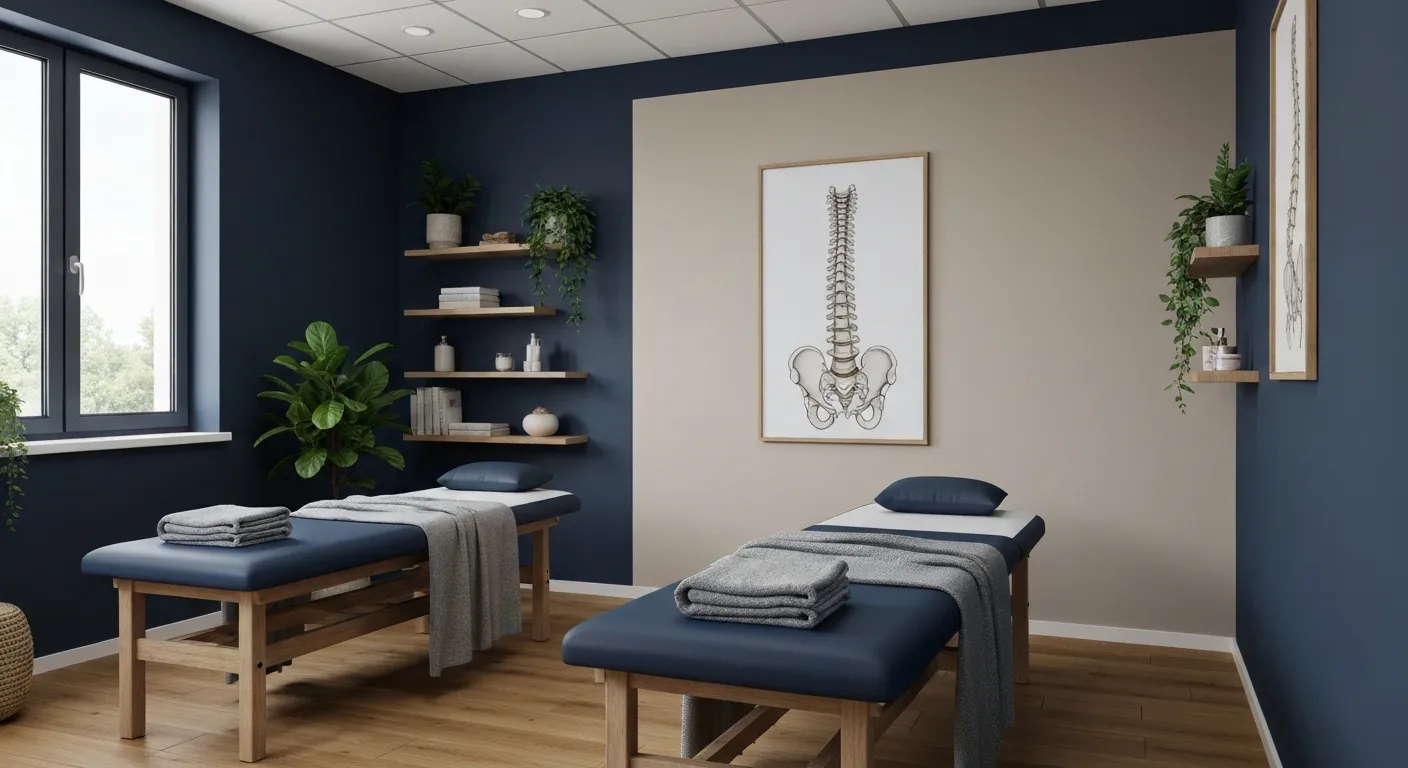
Tips for Lifestyle Changes to Support Spinal Health

Holistic Treatment Plans: Alternatives to Surgery for Chronic Pain

Enhance Wellness Through Personalized Nutritional Counseling

Non-Invasive Pain Relief: Exploring Holistic Treatment Alternatives
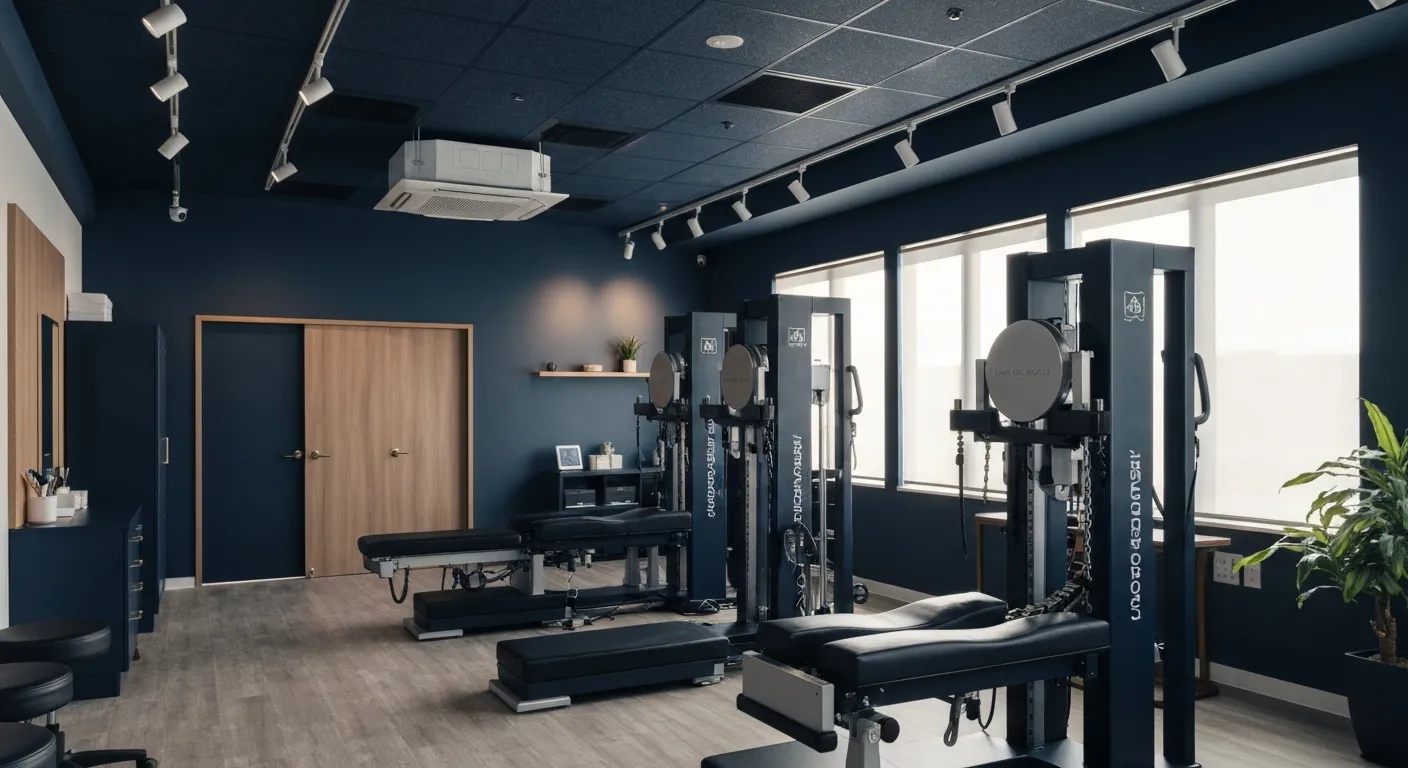
Sciatica Relief Through Targeted Spinal Decompression

Integrating Physiotherapy with Chiropractic Treatments for Better Results

Testimonials That Demonstrate the Benefits of Chiropractic Care

The Power of Corrective Exercises in Pain Management

A Step-by-Step Guide to Your Initial Chiropractic Consultation

9 Nutritional Tips to Enhance Your Chiropractic Wellness Journey

Patient Experiences: How Chiropractic Care Changed Their Lives

Lifestyle Recommendations to Keep Your Spine in Top Shape

Effective Corrective Exercises for Long-Term Pain Relief

Back Pain Benefits: What Chiropractic Care Can Do for You
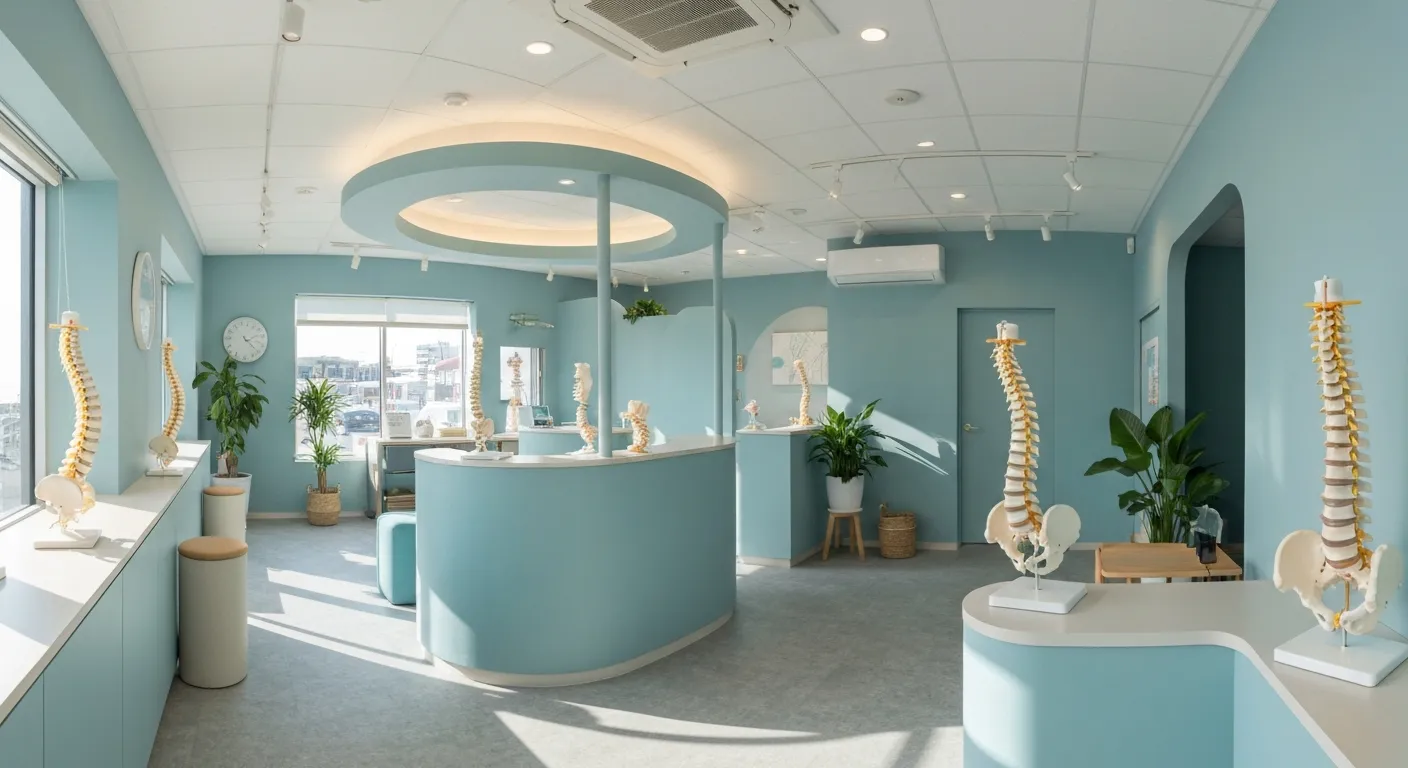
Spinal Decompression Techniques for Effective Sciatica Relief
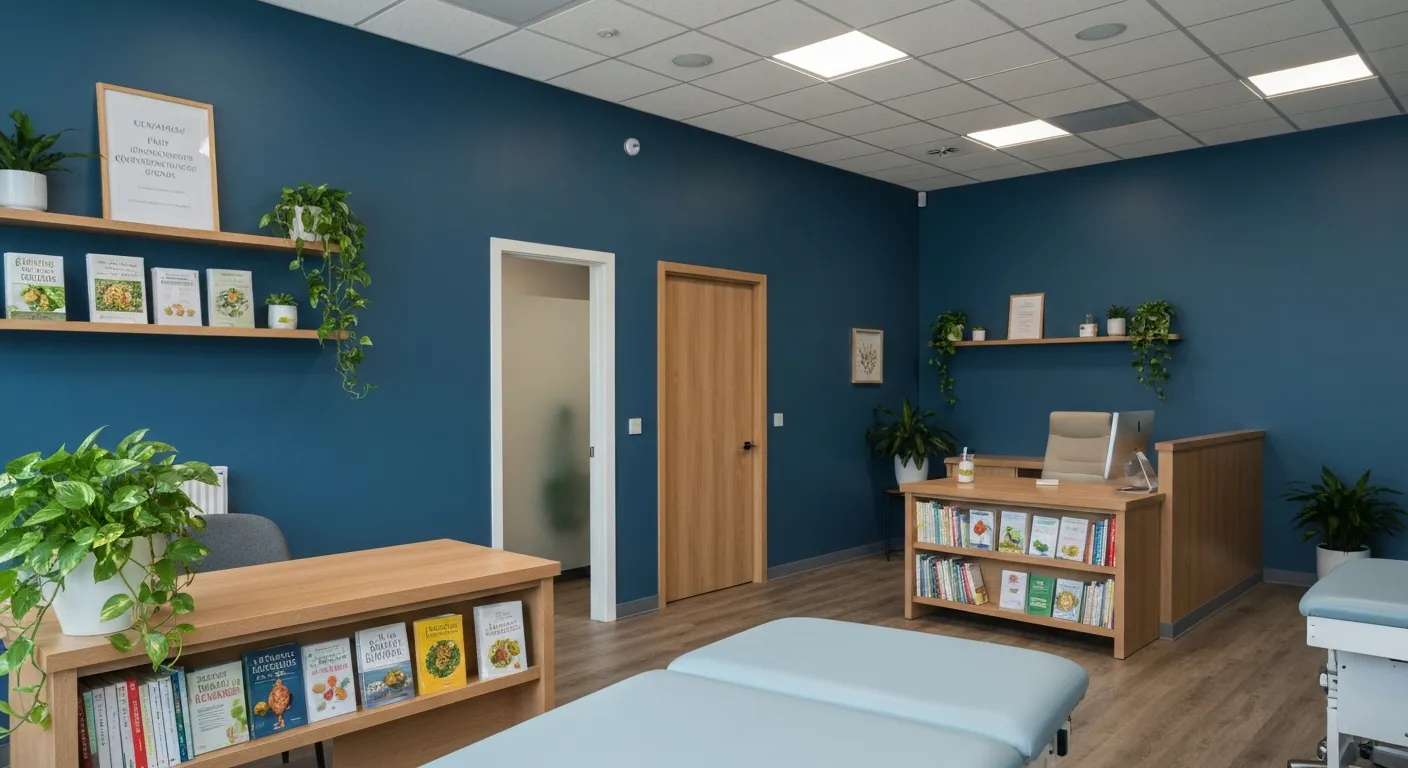
Top Nutritional Counseling Tips for Enhanced Wellness
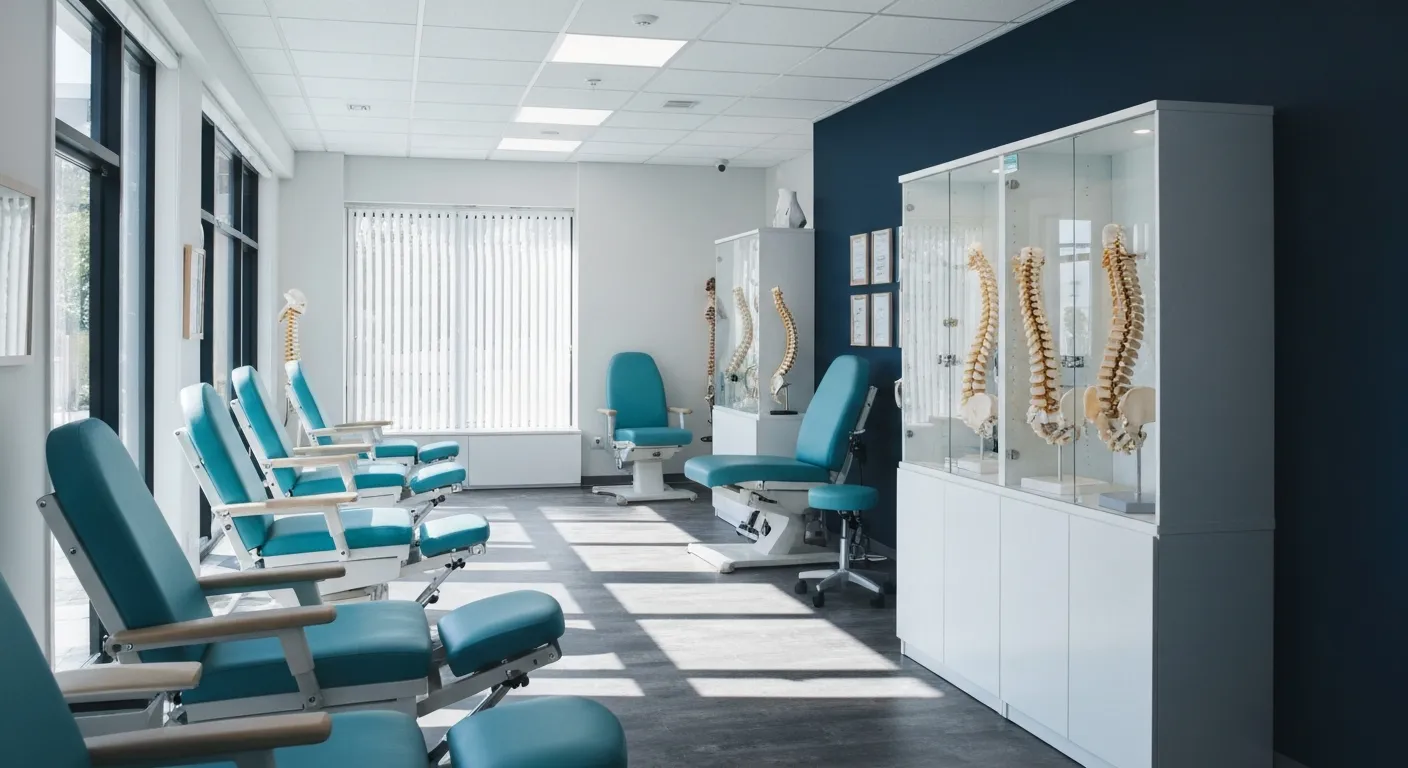
6 Lifestyle Habits That Boost Spine Health Daily

Discover Holistic and Non-Surgical Pain Relief Solutions

Exploring Holistic and Non-Surgical Treatment Options for Pain
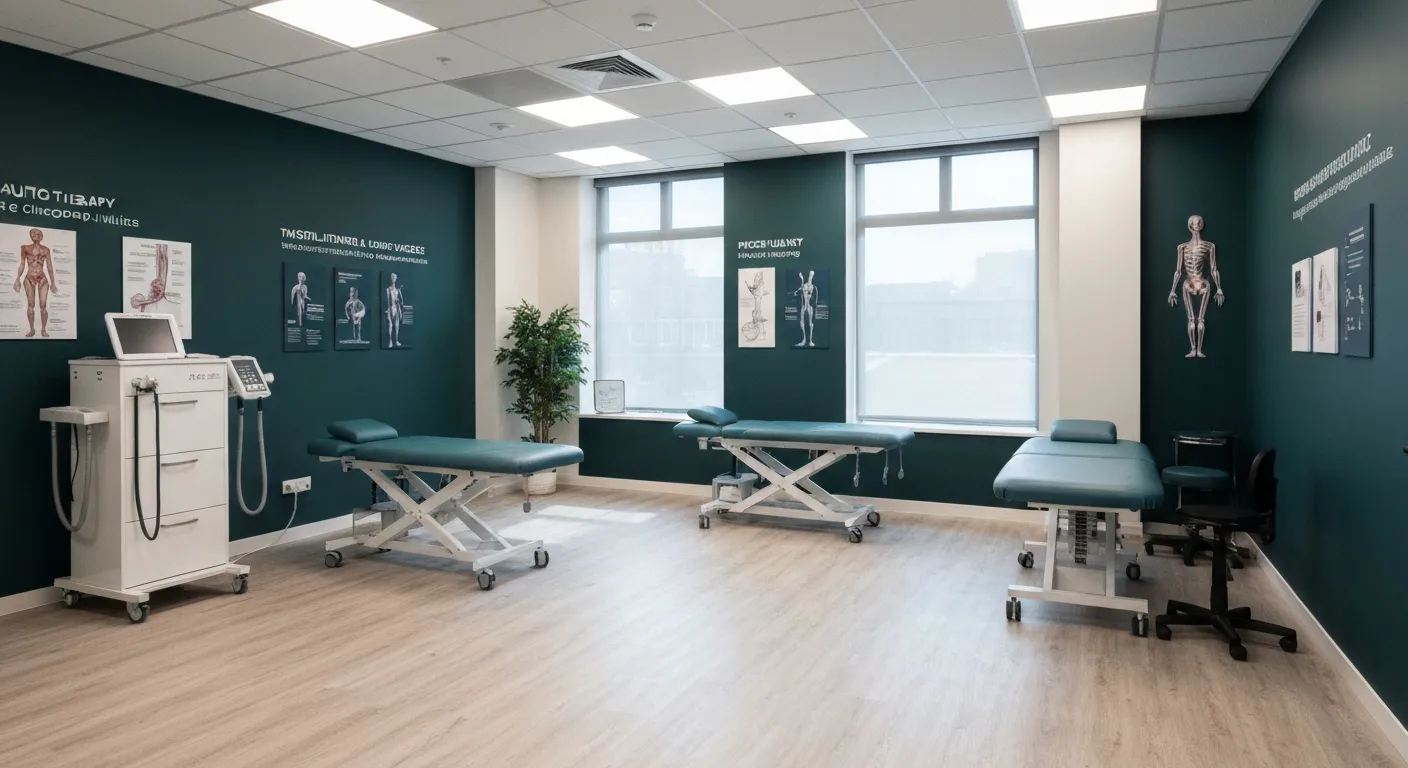
The Role of Physiotherapy in Enhancing Chiropractic Care Outcomes

Complementing Chiropractic Care with Physiotherapy: What You Need to Know
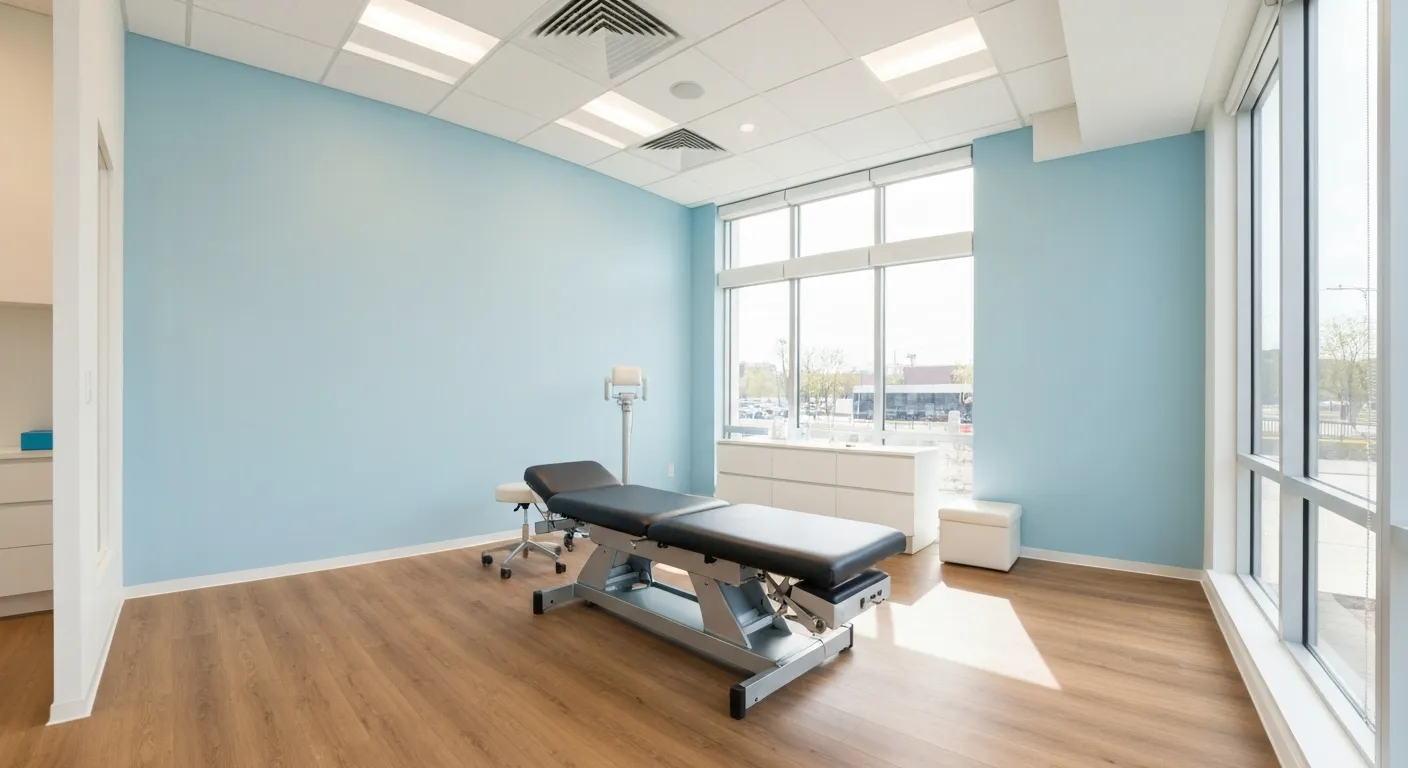
What to Expect During Your First Chiropractic Visit

Simple Lifestyle Adjustments to Maintain a Healthy Spine

Personalized Nutritional Counseling for Improved Health Outcomes

Exploring Non-Surgical Treatments for Spine-Related Conditions

An Introduction to Spinal Decompression for Sciatica Patients

Transformative Success Stories: Patient Experiences with Chiropractic Treatments

Why Chiropractic Care Is Essential for Back Pain Relief

Addressing Underlying Causes Versus Symptom Management in Pain Care

The Role of Nutrition in Enhancing Chiropractic Treatment Effectiveness

Sciatica Treatment Options: Is Spinal Decompression Right for You?

Lifestyle Tips to Maintain a Healthy Spine and Prevent Back Issues

The Synergy Between Physiotherapy and Chiropractic Treatments

What Happens During Your Initial Chiropractic Consultation

Effective Corrective Exercises for Sustainable Pain Management

Taking a Root Cause Approach to Chronic Pain Management

Holistic Pain Management Techniques Without Surgery

How Patient Success Stories Validate Chiropractic Care Benefits

Spinal Decompression: Innovative Treatment for Sciatic Nerve Pain

Spinal Decompression Therapy: A Non-Invasive Approach to Sciatica Relief

Exploring Holistic Approaches Beyond Surgery for Pain Relief

Practical Lifestyle Advice to Support a Healthy Spine Every Day

Corrective Exercise Routines Designed for Long-Term Pain Prevention

Real Patient Stories: Overcoming Chronic Pain with Chiropractic Care

Lifestyle Changes That Promote a Healthy Spine and Prevent Injury

How Addressing the Root Cause of Pain Leads to Lasting Relief

Non-Surgical Holistic Therapies to Manage Chronic Pain Effectively

Nutritional Counseling's Impact on Physical Health and Healing

Benefits of Regular Chiropractic Care for a Stronger Back

Your First Chiropractic Visit: What to Expect and How to Prepare

Patient Experiences: How Chiropractic Care Transformed Their Lives

Exploring Holistic, Non-Surgical Options for Pain Management

Combining Physiotherapy with Chiropractic Treatments for Enhanced Recovery

Holistic Treatments That Offer Alternatives to Surgery for Pain Relief

Corrective Exercise Strategies for Long-Term Spine Health

How Physiotherapy Complements Chiropractic Adjustments for Better Outcomes

First-Time Chiropractic Visitors: What You Should Know

Understanding the Importance of Treating Pain at Its Source

Adopting Lifestyle Changes to Support Your Spine's Wellness

Utilizing Physiotherapy to Enhance Chiropractic Treatment Outcomes

The Key Advantages of Chiropractic Care for Back Pain Sufferers

Why Focusing on Root Causes Improves Pain Treatment Success

Corrective Exercises That Promote Lasting Pain Relief and Mobility

Sciatica Relief Through Targeted Spinal Decompression Techniques

Preparing for Your First Chiropractic Appointment with Confidence

Healthy Lifestyle Habits for Maintaining Spinal Alignment

Success Stories Highlighting Chiropractic's Role in Pain Recovery

Top Benefits of Chiropractic Care for Chronic Back Pain

Nutrition Tips to Boost Your Overall Wellness and Recovery

How Chiropractic Care Alleviates Back Pain Naturally

How Nutritional Counseling Supports Overall Wellness and Spine Health

Step-by-Step Guide to Your First Visit with a Chiropractor

Using Nutrition to Support Chiropractic and Overall Wellness

Integrating Physiotherapy in Your Chiropractic Healing Journey

How Physiotherapy Complements Chiropractic Adjustments for Faster Healing

Lifestyle Tips for Maintaining a Healthy Spine and Preventing Back Pain

Heartwarming Patient Testimonials Highlighting Chiropractic Success

How Proper Nutrition Supports Chiropractic and Physiotherapy Treatments

Combining Physiotherapy and Chiropractic Treatments for Optimal Recovery

Why Chiropractic Treatments Are Effective for Managing Back Pain

Choosing a Chiropractor: Tips for Finding a Trusted Provider

Integrating Physiotherapy and Chiropractic: Benefits and What to Expect

How Tailored Corrective Exercises Can Aid in Pain Management

Chiropractic Care: A Proven Solution for Alleviating Back Pain

What to Expect at Your First Chiropractic Visit: A Comprehensive Guide

The Importance of Root Cause Analysis in Effective Pain Management

The Role of Corrective Exercises in Sustaining Pain-Free Living

Combining Chiropractic and Physiotherapy for Comprehensive Pain Relief

How Addressing Underlying Causes Improves Pain Treatment Effectiveness

Maintaining Spinal Health Through Lifestyle Changes and Preventive Care

Understanding the Benefits of Chiropractic Adjustments for Back Pain Sufferers

